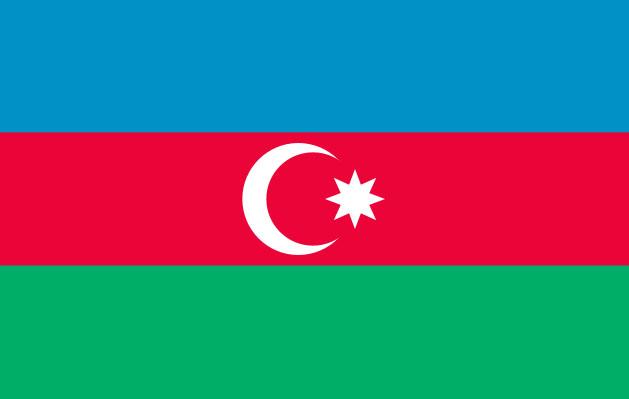The Deed For Endowment: Rab’ I-Rashidi (Rab I-Rashidi Endowment) 13th Century Manuscript
© Tabriz Central LibraryThe document for submission to the Memory of the World Register is the Deed of Endowment of the Rab' i-Rashidi, and details the justification for the complex, the management system, administration and the budget of the endowed properties, which included land in present-day Afghanistan, Asia Minor, Azerbaijan, Georgia, the Islamic Republic of Iran, Iraq and Syria.
The manuscript is 382 pages long, of which the first 290 pages were written by Rashid al-Din himself, and the rest by the Governor of Tabriz, Abdullah Bin Mohammad Tabrizi and two scribes. Due to the vast scope of the endowed properties and the high value of them as well as the high status of the Rab' i-Rashidi, this manuscript is of universal significance. Moreover the institution of the waqf, or endowment, is a central pillar of Islamic society, and this Deed therefore provides an important record of political and economic administration in Central Asia at a time of great dynamism and change. Read more about this element on the UNESCO Memory of the World website.







